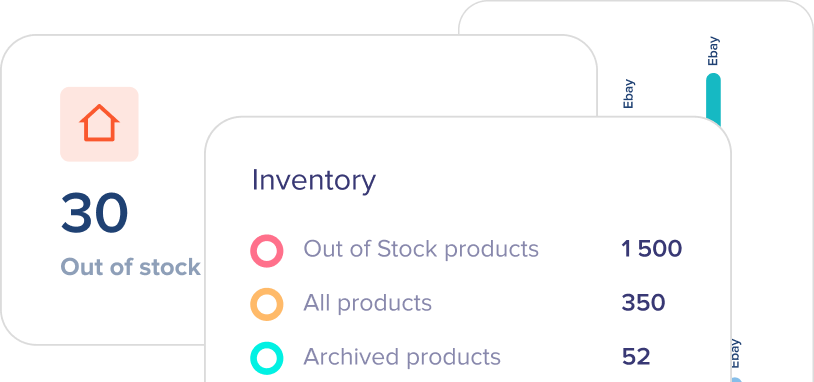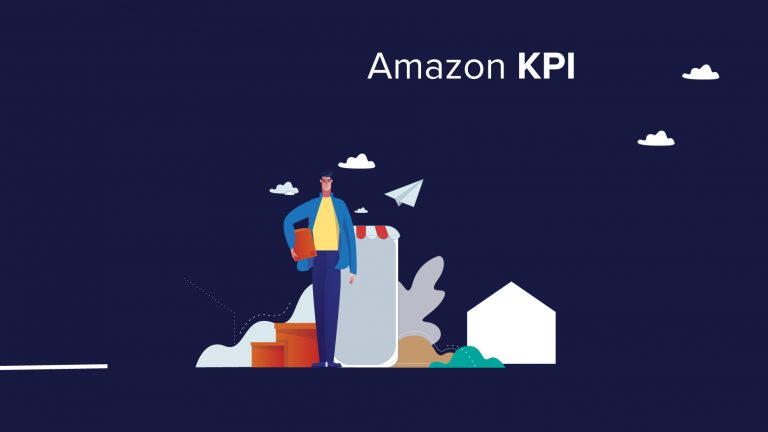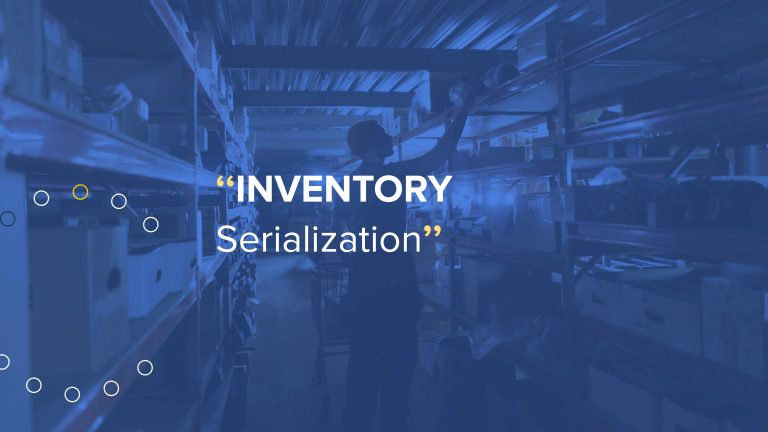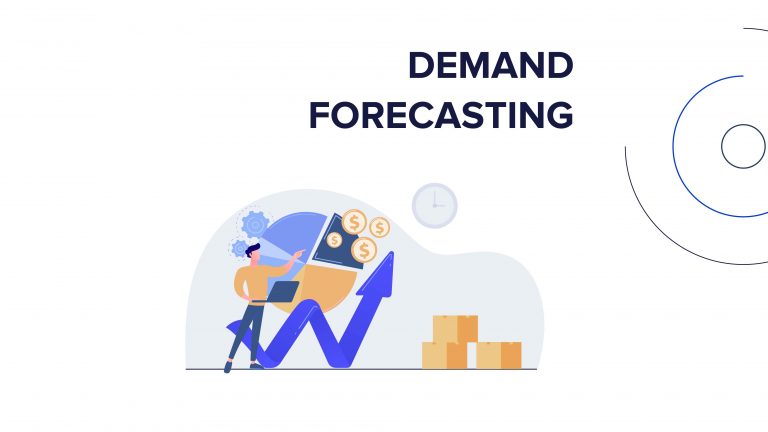From the moment a customer places their order and gets the receipt, there is a huge background process called order management. It refers to controlling and tracking customers‘ orders and taking all the steps until the company fulfills them correctly. Order acceptance, picking and packing, shipping, tracking, delivery and final feedback or return are all parts of the procedure. The order management process is a key function for any organization that sells physical goods, and there are various life cycle management models that businesses should follow to succeed!
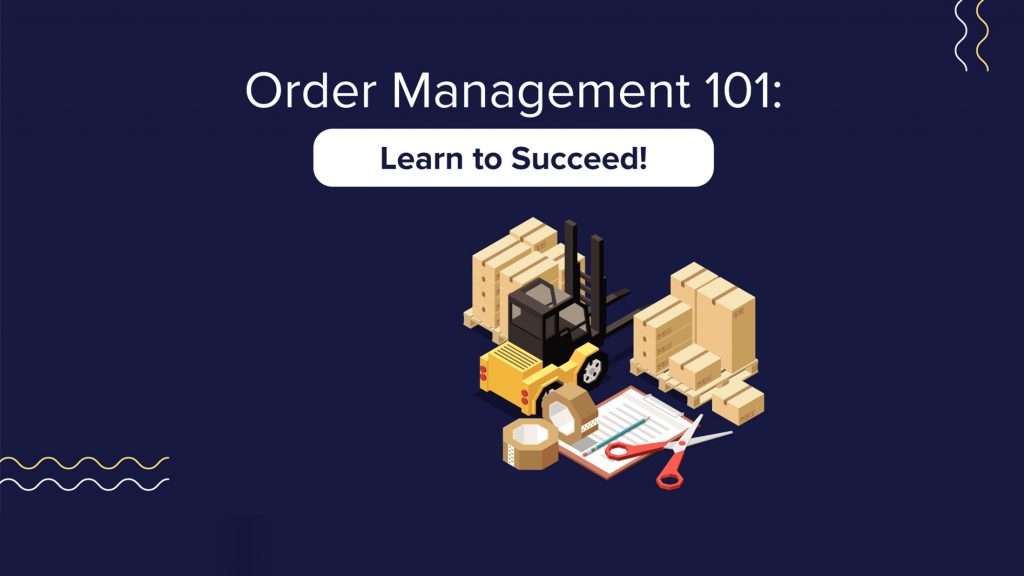
The Importance of Order Management Accuracy
The OMS (order management system) is closely connected to every functional area of the supply chain. It touches on inventory management, shipping, transportation, customer care, etc. Since order management is central to the supply chain, accuracy is critical. Let’s look at the reasons why it is so vital for retailers.
Helps Avoid Understocking and Overstocking
When eCommerce business owners track and manage their orders adequately, they can precisely know their inventory levels. So what? It’s vital because it helps you keep the correct stock level. Too little inventory can result in backorders and loss of sales, while too much inventory can result in high holding costs and markdowns. Overstocking increases warehousing and maintenance costs and increases the risk of ending up with obsolete inventory. On the other hand, when you do not have enough stock to meet your customer needs, you simply lose the chance to generate more sales and even lose those customers to your competitors.
The bottom line is that OMS helps eCommerce retailers keep the right inventory level to avoid extra costs and expenses.
Decrease Order Fulfillment Mistakes

If not appropriately managed, order fulfillment can be full of error solving which will be highly complicated, resource-intensive, or even impossible. Despite all the financial damages those errors can cause, they negatively impact the brand’s image and reputation.
Modern consumers don’t settle for anything less than perfection, and today’s technology offers many options to avoid human error in the order management process. So, ensure your operations are free of packing wrong quantities or items, shipment delays caused by poor management and other critical errors that can damage your business.
With an efficient order management system, eCommerce businesses can avoid all these fulfillment disasters and ensure a positive customer experience. Using Excel sheets to monitor and track the process has become an old-fashioned way of managing orders. Implementing a powerful and automated order management system will save you time, money, and reputation!
Ensures Data Reliability
Inventory and order data is the essence of businesses operating in retail and wholesale industries. Informed decision-making relies on reliable data usage. Data accuracy can be achieved by system optimization with inventory and order management software. Those systems support you with ongoing order data and provide corresponding reports regarding orders, sales, shipments, stock on hand, etc.
All those analytics and reporting features are available on eSwap’s analytics and reporting feature.
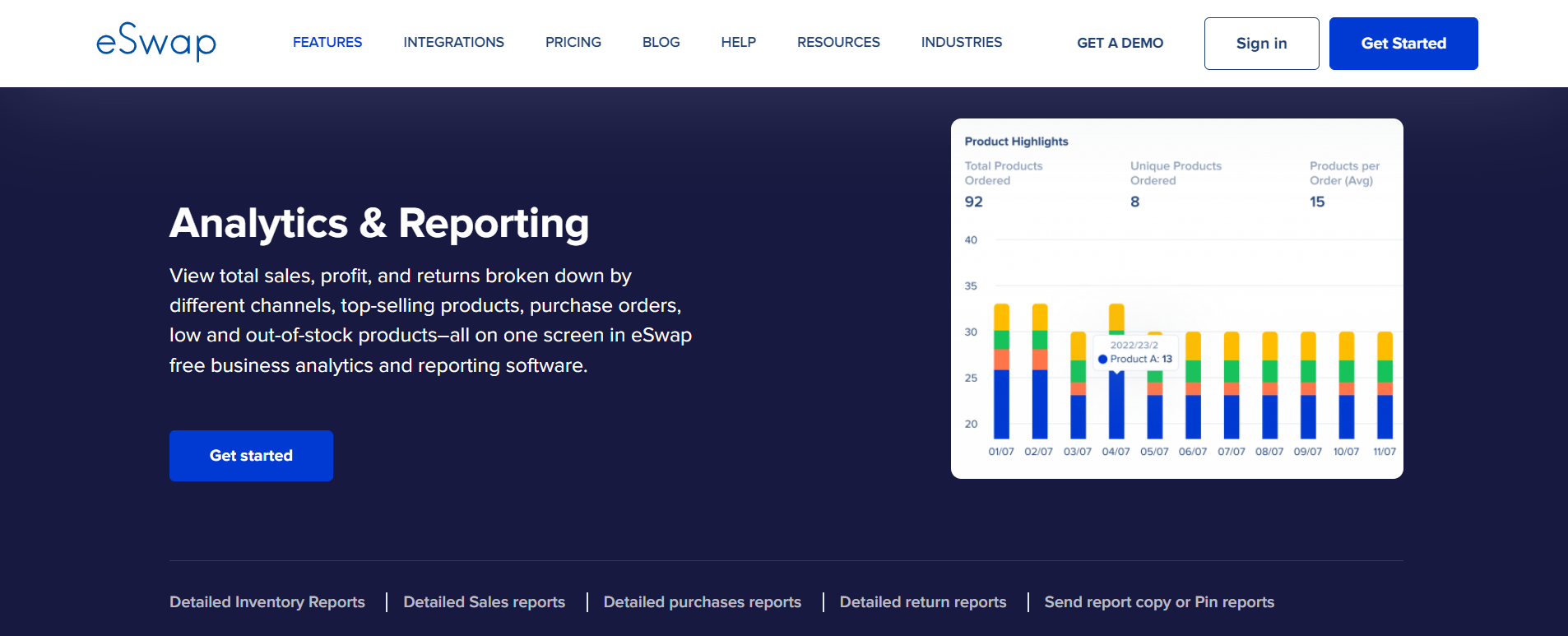
Access to up-to-date and accurate information about customers and their orders is crucial to making the right decisions and predictions for your business.
Online Order Management Cycle Explained Step-by-Step
So what does it take eCommerce retailers to manage and control all their inventory and order flows? The mechanism generally includes five main steps for an online order management cycle. Let’s look at each one in more detail.
Order Receptions and Payment Generation

The first starts with a customer placing an order and making an online payment. Once the retailer accepts the order, they begin to process it. Afterward, the retailer needs to generate an invoice and send it to the customer as a confirmation of their purchase.
When the order is successfully received and paid, the purchase details are sent to the warehouse for logistics staff to begin picking, packing, and processing the orders to the next steps.
Order Picking and Packing

The second step is to pick and pack the products from the warehouse. The responsibility lies on the logistics staff’s shoulders, as they need to identify the ordered products and prepare them for safe packing.
Although it seems like an easy task, it requires high responsibility and attentiveness. In the cases of large warehouses picking goods can also be time-consuming. Just imagine a warehouse of a retail business that sells a variety of fast-moving consumer goods. Take, for example, cosmetics. Those goods have different options which are very similar to each other. So, carefulness when picking ordered goods is a must to keep your customers satisfied.
Once the products are sorted, workers begin to pack them in boxes or mailers. Depending on the products, appropriate packing can be an extremely challenging task. However, ensuring that the products are safe during shipment is essential for customers to receive orders in the expected conditions.
For example, despite all decorative packaging, fragile goods must also be covered with bubble wrap to avoid damage during transportation.
Order Shipping and Delivery

The third stage of the online order management cycle is shipping and delivery. Once the products are picked and packed, it’s time to hand them over to the in-house delivery or the third-party shipping company. Before shipping the order, employees should attach the customer’s address and sales invoice.
It’s important to note that different products have different shipping requirements. For example, food items must be shipped in a temperature-controlled environment to prevent spoilage during transport. On the other hand, fragile and valuable items need extra safety measures to avoid any damage.
Once the in-house delivery or the third-party shipment service takes the order, the system should update the order status and tracking number. Automated processes will send a shipment confirmation to the customers. They will get a notification about their order status and can track the location of their parcel using the provided tracking number.
Post-Sale Processes

Reaching out to the customers and asking for feedback on the product and delivery quality is the key to customer loyalty and satisfaction. When the customer successfully receives the order, it becomes the customer care team’s responsibility to handle the post-sale processes. The team will deal with customer queries and complaints related to their order.
Returns (Optional)
Sometimes it is possible to have one more step in the order management process referring to order returns. If customers are unhappy with their purchase, they can contact the customer care team and request a return. The team must be responsible for the refunds and issuing a return merchandise authorization (RMA) number.

After the customer receives an RMA number, they need to return the product and include the number on the package. Once the customer returns the product, logistics staff should check the condition of the goods and process a refund if everything is in order.
The order management cycle starts with the customer placing an order and ends with the customer receiving it. In between, there are various steps that need to be taken care of to ensure a smooth and hassle-free process. Here is a look at the OM KPIs, providing an overview of the entire process.
Order Management KPIs
Businesses should implement several measures to analyze the effectiveness of order management systems. This includes calculating the rate of return, measuring picking accuracy, order lead time, and analyzing customer satisfaction levels.
Rate of Return
The rate of return measures the level of returns. The lower it is, the better. The ratio is the following:
Rate of Return = Number of Units Returned / Number of Units Sold
Picking Accuracy
Sending wrong products to customers can cause dissatisfaction and extra costs related to returns. The following ratio is for measuring the picking accuracy:
Picking Accuracy = ((Total Number of Orders – Incorrect Item Returns) / Total Number of Orders) x 100%
Order Lead Time
Order lead time refers to the period between the customer’s placement of the order and its delivery. Shorter lead times make customers more satisfied. However, it is essential to ensure that it is not happening at the price of sacrificing order quality.
Order Lead Time = Lead Time for Each Order / Total Orders Fulfilled
Customer Satisfaction Levels
Customer satisfaction should be one of the primary goals of any business. The following ratio measures customer satisfaction with the order management process:
Customer Satisfaction = (Number of Customers Who Had a Positive Experience / Total Number of Customers) x 100%
Final Thoughts
Order management is a fundamental part of the supply chain. Order management can become overwhelming with business expansion and increasing order volumes. Thus, businesses should consider switching from manual processing to automated software solutions like eSwap software. This will ensure effective practices and increased customer satisfaction rates.
The platform lets online retailers control their orders, deliveries, and inventory. eSwap offers a comprehensive order management system that is simple to use and covers all the needs of a business, from order processing to delivery tracking. The software will streamline the entire order management cycle and make it more efficient. Try eSwap now for free and see how it can help your business grow.
